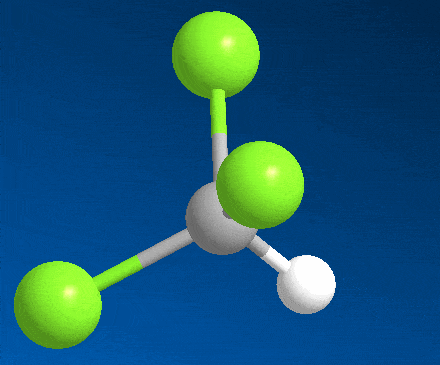April 24, 2024 – You may have seen a message about trihalomethanes on the back of your water bill. This notice is required by Federal Law. It is mandatory for all municipal water districts to notify customer when levels reach a certain threshold. Trihalomethanes can occur any time of the year, but most commonly appear in Spring and Summer months.
Where do these chemicals come from?
These carbon based compounds are formed when, during water disinfection, free available chlorine reacts with natural organic matter. This organic matter is natural and occurs seasonally in lakes and rivers. When municipal treatment plants draw water from these natural sources, these compounds tag along. Water drawn from wells and aquifers do not contains these compounds.
There are several sources of similar molecules including:
- Water treated with bromine, in hot tubs or pools, can react in the same way.
- Chloramines, a groups of chemical similar in structure and production. They have a nitrogen atom at their center. They are responsible for the ‘Chlorine Smell’ associated with pools. The smell they produce is similar to Chlorine gas, but are harmless. Chloramines are the product of Ammonia (mainly from urine) and chlorine. So yes, when you smell that ‘Chlorine Smell’ at your favorite pool, it means that people are indeed ‘peeing’ in the pool.
Chlorine has been used for centuries to make water safe for use. It’s what makes bleach work, and keeps your backyard pool clear and safe to use. (Unless your use ozone or another method.)

The current maximum contaminant levels for TTHMs are 0.080 milligrams per liter (mg/L) which is equal to 80 parts per billion. These levels are established by the U.S. Environmental Protection Agency (EPA) & regulated by the Texas Commission on Environmental Quality (TCEQ)
Do I need to be worried about these molecules in my water?
Some members of the trihalomethane family have been linked to bladder and lower GI cancer. Other studies have included birth defects as a possible result of long term exposure. At this time, it is impossible to know exactly what exposure might trigger cancer.
What can I do?
The easy solution to this concern can be as easy as using a activated carbon filtration system for your drinking water, like a filter pitcher. Using one could also protect you from other potential pollutants like lead and arsenic. A reverse osmosis system will also remove these chemicals, and many other potential contaminants.
It’s also important to remember that the use of chlorine to treat drinking water has saved innumerable lives over the decades. It remains the primary means to ensure safe drinking water reaches your tap every day.







